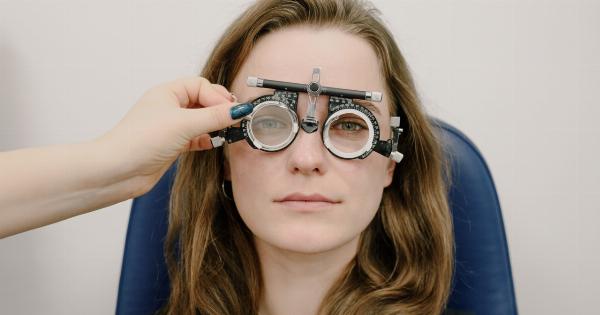Pregnancy is an extraordinary journey that brings about various physical and emotional changes for a woman.
While it is primarily associated with obstetricians and gynecologists, the perspective of a vascular surgeon can provide valuable insights into the intricate vascular system and the effects it has during this transformative period. In this article, we will delve into the different aspects of pregnancy through the eyes of a vascular surgeon, examining the impact on blood vessels, potential complications, and preventive measures.
1. The Vascular System in Pregnancy
The vascular system, consisting of arteries and veins, plays a crucial role in maintaining the overall health and well-being of an individual.
During pregnancy, significant vascular changes occur to cater to the growing needs of both the mother and the developing fetus.
2. Hormonal Influence
Hormones, such as estrogen and progesterone, surge during pregnancy and contribute to substantial modifications in blood vessel function.
These hormones cause the blood vessels to dilate, allowing increased blood flow to the developing placenta and uterus. However, this dilation can also result in decreased blood pressure and increased vulnerability to certain vascular issues.
3. Increased Blood Volume
During pregnancy, blood volume increases by approximately 40-50%. This expansion is necessary to provide an adequate supply of oxygen and nutrients to the developing fetus.
However, the increased blood volume puts additional stress on the vascular system, potentially leading to complications such as varicose veins and hemorrhoids.
4. Deep Vein Thrombosis (DVT)
Pregnancy predisposes women to an increased risk of developing deep vein thrombosis.
The combination of hormonal changes, increased blood volume, and reduced blood flow in the lower extremities can cause blood clots to form in the deep veins of the legs. These clots may then break loose and travel to the lungs, leading to a life-threatening condition known as pulmonary embolism.
5. Preeclampsia
Preeclampsia is characterized by high blood pressure and damage to organs, typically affecting pregnant women after the 20th week.
It can negatively impact the vascular system, causing restricted blood flow to vital organs and potentially triggering complications such as placental abruption, premature birth, or even maternal seizures. Vascular surgeons play a vital role in managing the vascular components of this condition.
6. Varicose Veins
Varicose veins are a common occurrence during pregnancy due to the increased blood volume and hormonal changes. These enlarged, bulging veins often appear in the legs and can cause discomfort, pain, and aching.
While they usually resolve after childbirth, some cases may persist and require the intervention of a vascular surgeon.
7. Hemorrhoids
Hemorrhoids are swollen veins in the rectum or anus and are another vascular concern during pregnancy. Increased pressure on the pelvic veins, as well as hormonal changes, can contribute to the development of hemorrhoids.
Vascular surgeons can offer treatments ranging from lifestyle modifications to minimally invasive procedures for severe cases.
8. Prevention and Management
Pregnancy-related vascular issues can often be prevented or effectively managed with certain precautions and lifestyle adjustments.
Some recommendations include regular exercise (under medical supervision), maintaining a healthy weight, wearing compression stockings, avoiding prolonged standing or sitting, and staying well-hydrated. Addressing risk factors promptly and seeking medical advice is crucial to ensure a healthy pregnancy.
9. Treatment Options
Vascular surgeons possess a wide range of treatment options to address various pregnancy-related vascular issues. These may include conservative measures such as exercises, dietary modifications, and medication.
In some cases, minimally invasive procedures like sclerotherapy or endovenous laser treatment may be recommended. Surgical interventions are considered only when conservative approaches are unsuccessful or if the condition poses a significant threat.
10. Collaborative Care
Collaboration between obstetricians, gynecologists, and vascular surgeons is key to ensuring optimal maternal and fetal outcomes.
Close monitoring of vascular health during pregnancy, timely intervention, and comprehensive postpartum care can significantly mitigate risks associated with the vascular system.




























